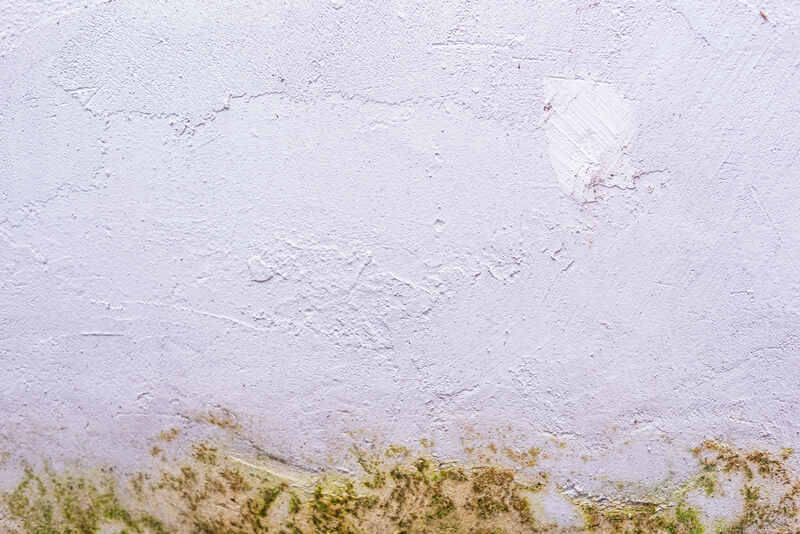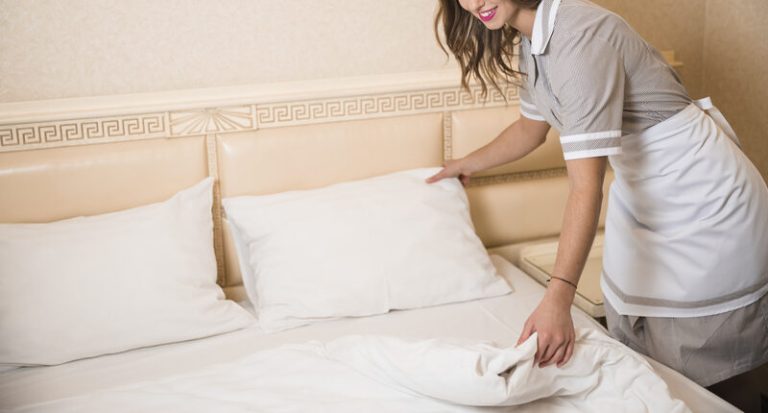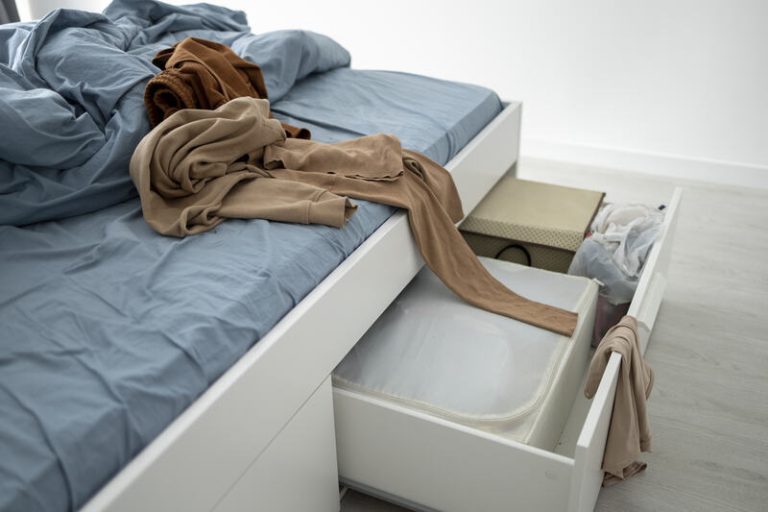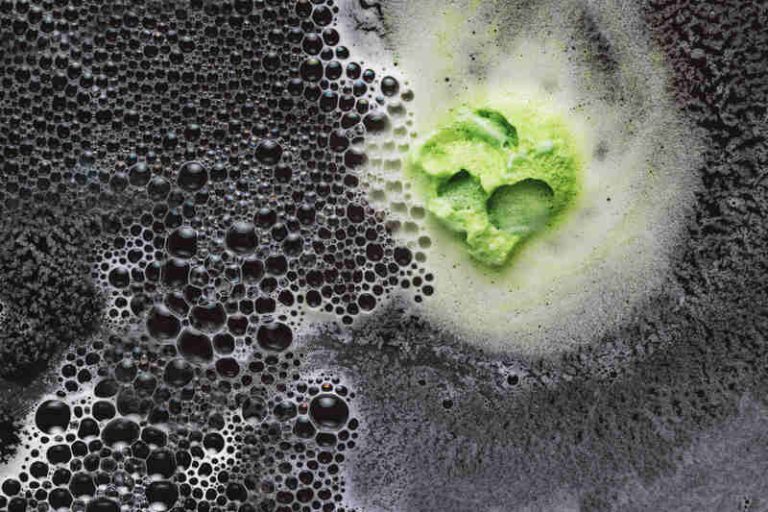Are you struggling with mould on your painted walls and not sure how to solve the problem? Well, it’s time to know how to remove mould from painted walls.
This guide discusses the causes of mould on painted walls, how to identify it, the risks associated with mould, and step-by-step instructions on how to remove mould from painted walls.
We also discuss natural remedies for mould removal and provide practical tips to prevent future mould growth.
Don’t let them take over your walls, learn everything you need to know about how to remove mould from painted walls now.
What Causes Mold on Painted Walls?
Experts emphasise that addressing the root cause of the moisture and improving ventilation is crucial in preventing mould infestations. By controlling indoor humidity levels and ensuring adequate airflow, homeowners can significantly reduce the risk of mould forming on painted walls.
How to Identify Mold on Painted Walls?
Identifying mould on painted walls involves looking for discolouration, dark spots, and a musty odour in the affected area.
One common sign of mould presence is the appearance of black mould patches on the painted surface. These patches can vary in size and shape, usually having a fuzzy or slimy texture. In addition to visual cues, you may notice textural changes on the painted walls, such as peeling or bubbling paint, indicating a potential mould issue. Other signs to be aware of include a damp feeling in the room, persistent allergy symptoms, or worsening respiratory problems.
What Are the Risks of Having Mold on Painted Walls?
Having mould on painted walls poses significant health risks, including allergic reactions, respiratory issues, and other health problems due to inhaling mould spores.
Exposure to mold can trigger asthma attacks, exacerbate existing respiratory conditions, and even lead to severe lung infections. The presence of mould in indoor environments can result in a variety of symptoms such as coughing, sneezing, itchy eyes, and skin irritation.
It is crucial to address mould infestations promptly to prevent further health complications and ensure a safe living environment.
Step by Step on How to Remove Mold from Painted Walls
Removing mould from painted walls requires a systematic approach, including:
Step 1: Prepare the Area
The first step in removing mould from painted walls is to prepare the area by covering surrounding surfaces and removing any obstacles. Securing the area is crucial to prevent the spread of mould spores; this can be done by sealing off the affected room with plastic sheeting and tape.
Make sure to cover any furniture and flooring with plastic dust sheets to protect them from cleaning solutions and mould particles.
Before starting the cleaning process, open windows and doors to ensure proper ventilation, allowing fresh air to circulate and reduce the musty odour.
For effective preparation, you will need tools such as a scrubbing brush, gloves, a bucket, and cleaning agents like white vinegar, hydrogen peroxide, or a commercial mould remover. These materials are essential for breaking down and removing mould from painted surfaces, ensuring a thorough cleaning process.
Step 2: Protect Yourself
Before starting the cleaning process, it is crucial to protect yourself by wearing gloves, a mask, and safety goggles.
Personal protection is the cornerstone of any cleaning or remediation task, safeguarding you from potential health hazards and exposure to dangerous substances. Ensuring you have the right safety equipment, such as N95 masks for filtering out airborne particles, sturdy gloves to shield your hands, and goggles to protect your eyes, is non-negotiable. These items create a vital barrier between you and harmful elements, preventing injuries and long-term health implications.
Regarding mould removal, following professional techniques is crucial. Professionals often use specialised cleaning agents, containment barriers, and ventilation systems to ensure safe and effective removal. Implementing these techniques, such as creating a sealed work area to prevent mould spores from spreading and using HEPA filters to purify the air, can significantly reduce the risks associated with mould exposure.
Step 3: Clean the mold
To clean the mould, apply a cleaning solution such as bleach or hydrogen peroxide to the affected surfaces.
Mixing the cleaning solution can be done by diluting one part bleach or hydrogen peroxide with three parts water in a spray bottle. Once the solution is ready, apply it generously onto the affected areas.
Scrubbing should be done with a stiff-bristled brush or sponge to ensure thorough cleaning. Make sure to wear protective gear like gloves and a mask to prevent exposure to the strong chemicals.
Step 4: Rinse and Dry the Area
After cleaning, thoroughly rinse the area with water and dry it completely to prevent further mould growth.
Rinsing the area after cleaning is a crucial step in ensuring that all cleaning residues are removed. This helps in preventing any potential damage that leftover chemicals may cause to the surface. Once the area is rinsed, it is important to dry it completely to avoid any moisture buildup which can lead to the growth of mold and mildew.
Using tools like the Kärcher for effective drying can significantly speed up the process and ensure that the surface is moisture-free. Properly drying the area also helps in maintaining the cleanliness and hygiene of the space, making it less susceptible to future mould problems.
Step 5: Dispose of Materials
Properly dispose of all materials that have come into contact with the mould to prevent spores from spreading.
One of the crucial steps in dealing with mould contamination is to ensure that any items or surfaces exposed to the mould are disposed of properly. By doing so, you can effectively contain the spread of spores and prevent re-contamination.
It is essential to follow safe and environmentally friendly disposal methods to minimise the impact on the surroundings. Consulting professionals can provide valuable guidance on the correct procedures for disposing of mould-contaminated materials, ensuring that the process is carried out efficiently and safely.
Some Natural Remedies for Removing Molds from Painted Walls
Natural remedies for removing mould from painted walls offer a chemical-free alternative, utilising household items like:
a. Vinegar
Vinegar is an effective natural solution for cleaning mould, capable of killing up to 82% of mould species.
When using vinegar for mould removal, it is important to dilute it with water to create a solution that is safe for use. Simply mix equal parts of vinegar and water in a spray bottle for easy application.
To effectively use vinegar, spray the solution onto the affected area and let it sit for at least an hour to allow the vinegar to penetrate the mould. After the waiting period, scrub the area with a brush or sponge to remove the mould and then wipe it clean with a damp cloth.
One of the major benefits of using vinegar for mould removal is its non-toxic nature, making it safe for use around children and pets. Vinegar is a cost-effective and easily accessible cleaning agent that can help maintain a healthy indoor environment.
b. Baking Soda
Bicarbonate of soda is another natural remedy that can effectively remove mould from surfaces due to its mild abrasive properties. To create a cleaning paste using bicarbonate of soda, mix it with water until it forms a thick consistency.
Apply this paste onto the mould-affected surfaces, making sure to cover the area completely. Let it sit for about 10-15 minutes to allow the bicarbonate of soda to start breaking down the mould. Once the paste has had time to work its magic, use a scrubbing brush or sponge to scrub the surfaces thoroughly, focusing on areas with stubborn mould growth.
Besides its cleaning abilities, bicarbonate of soda also has deodorising properties, which can help eliminate any musty odours that may be lingering in the space. After scrubbing, rinse the surface with water and dry it thoroughly to prevent any mould from regrowing.
c. Grapefruit Seed Extract
Grapefruit seed extract is a natural remedy that can be used to clean mold without leaving any toxic residue.
When using grapefruit seed extract for mould removal, start by diluting it with water according to the manufacturer’s instructions. Apply the solution directly to the affected areas using a spray bottle or a cloth. Let it sit for a few minutes to penetrate the mould before scrubbing gently with a brush or sponge. Rinse the area with clean water and allow it to dry thoroughly.
One of the advantages of using grapefruit seed extract is its non-toxic nature, making it safe for both humans and pets. Unlike chemical solutions, it does not emit harsh fumes or leave behind harmful residues, making it a preferred choice for those looking for environmentally friendly cleaning options.
How to Prevent Mold from Growing on Painted Walls?
Now that you know how to remove mould from painted walls, here are some ways to prevent mould from growing on painted walls:
a. Keep the Area Dry
Keeping the area dry is crucial for mould prevention, as moisture is the primary catalyst for mould growth.
One effective technique for maintaining dryness is to invest in a quality dehumidifier, especially in areas prone to high humidity levels.
Ensuring proper ventilation in spaces like bathrooms and kitchens can help reduce moisture buildup.
Regularly checking and fixing any leaks in pipes or roofs is essential to prevent water ingress and subsequent mould formation.
Monitoring the humidity levels in your home using a hygrometer and taking action if they exceed recommended levels can significantly reduce the risk of mould growth.
By staying vigilant and implementing these preventative measures, you can help maintain a dry environment and keep mould at bay.
b. Improve Ventilation
Improving ventilation helps reduce moisture build-up and prevents mould spores from settling on surfaces.
One effective way to enhance ventilation is by installing vents in key areas of the house, such as the kitchen and bathrooms. By doing so, you can facilitate the flow of fresh air and expel stagnant air that may contain excess humidity.
Utilising fans strategically can further improve air circulation, especially in rooms that tend to retain moisture.
Another simple yet highly beneficial method is to regularly open windows to allow for natural airflow, letting in fresh air and releasing indoor pollutants.
Over time, these practices can significantly improve air quality, reduce the risk of mould growth, and create a healthier living environment.
To maintain optimal ventilation, it’s important to clean vents and fans regularly to prevent blockages and ensure efficient operation. Keep windows clean and in good condition to allow for smooth opening and closing, and consider investing in energy-efficient ventilation systems for long-term benefits.
c. Use Mould-Resistant Paint
Using mould-resistant paint on painted walls is an effective preventive measure to inhibit mould growth.
There are a variety of mould-resistant paints available on the market, catering to different needs and preferences. Some popular options include paints infused with antimicrobial agents, moisture-resistant formulas, and mold-inhibiting additives.
When applying mould-resistant paint, it is crucial to clean the surface thoroughly to remove any existing mould or mildew. Make sure to follow the manufacturer’s instructions for proper application techniques.
The benefits of using mould-resistant paint extend beyond protection against mould, as it also enhances the longevity and appearance of the painted walls, contributing to a healthier indoor environment.
d. Fix Any Leaks or Moisture Issues
Fixing any leaks or moisture issues immediately is essential for preventing mould growth on painted walls.
Common sources of leaks and moisture problems in homes include plumbing issues like leaky pipes, damaged roofs, and poorly sealed windows or doors. These issues can lead to water seepage into walls, creating the perfect environment for mould to thrive.
One tip for timely repairs is to regularly inspect your home for any signs of water damage, such as wet spots, musty odours, or peeling paint. Addressing these issues promptly can prevent costly damage and health hazards.
Seeking advice from professionals can also be beneficial for expert guidance on home maintenance tasks, ensuring that leaks and moisture problems are properly identified and repaired.
That’s all you need to know about how to remove mould from painted walls. Basically, this task only requires tenacity to make sure the walls are completely clear of mould. However, tackling mould removal yourself can be time-consuming, and challenging, and may not always ensure the mould is entirely eradicated.
For a thorough and effective solution, consider using the residential cleaning services from TEKA Cleaning.
Mould can pose serious health risks and damage your home’s structure if not properly addressed. Our expert team at TEKA Cleaning is equipped with the right tools and expertise to safely and effectively remove mould from painted walls, ensuring your home is not only clean but also healthy.
Don’t take risks with DIY methods that might leave mould spores behind. Trust the professionals at TEKA Cleaning to deliver a comprehensive cleaning service that keeps your living space safe and pristine.
Contact us today at 01233 751 544 to book your mould removal service and experience the difference between a professionally cleaned home. Act now to protect your health and your property!
Read also:











